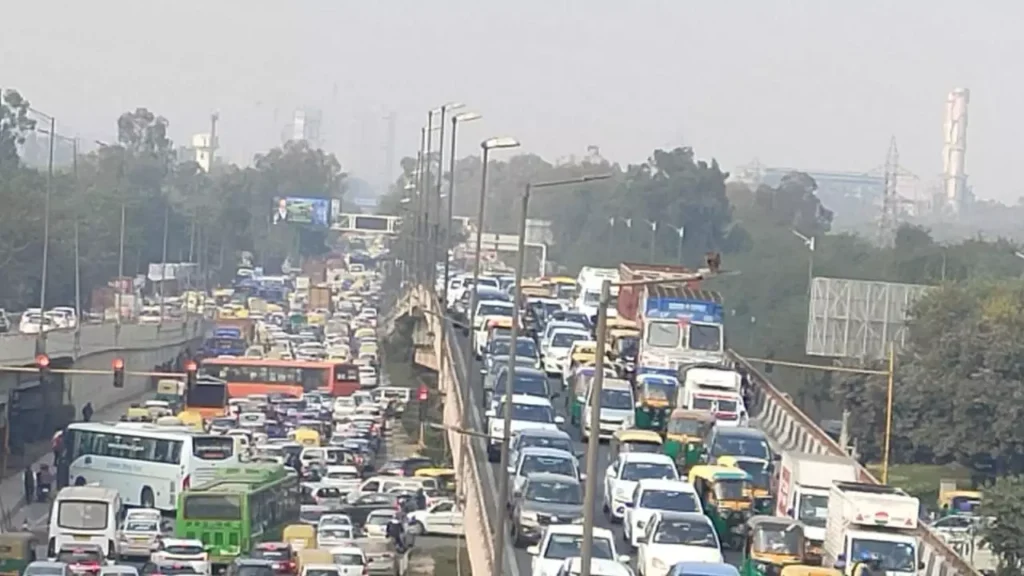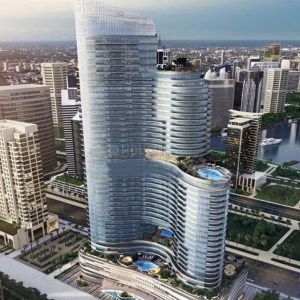As the holiday season ends, roads are getting busier with commuters heading back to work. Heavy traffic is expected across major cities as people resume their daily routines. Authorities are advising drivers to plan their journeys carefully to avoid long delays. Many people are feeling the impact of post-holiday travel stress as they navigate packed streets, highways, and public transport systems.
Traffic Congestion Peaks After the Holidays
Every year, roads experience increased congestion after long holiday breaks. This year is no different. Many workers are returning to offices, schools are reopening, and public transport is also seeing higher passenger numbers. All of this is causing major traffic slowdowns, especially during peak hours in the morning and evening.

Experts note that this sudden surge in traffic happens because people travel more during holidays and then return all at once. Unlike regular workdays, when traffic builds up gradually, post-holiday congestion is more intense because everyone is on the move at the same time. Many people who traveled out of town are now coming back, adding to the already high volume of vehicles on the road.

Which Roads Are the Most Affected?
Traffic experts predict that major highways, city entry points, and business districts will experience the worst congestion. Some of the key areas facing delays include:
- Main highways leading into major cities, where thousands of vehicles merge from different towns and suburbs.
- Bridges and tunnels connecting urban areas, as commuters rely heavily on these routes.
- Downtown and central business districts, where many companies have resumed operations after the holiday season.
- Intersections near schools and public offices, as students and employees return to their daily routines.
Commuters using these routes should expect longer travel times. Alternative routes and public transportation might help ease the stress of traffic jams. Some drivers have reported spending nearly double their usual commute time due to increased congestion.
What Authorities Are Saying
Traffic management teams are monitoring the situation closely. Police and city officials have deployed additional officers at busy intersections to help control the flow of vehicles. Some cities have also adjusted traffic light timings to keep cars moving smoothly.
Public transport operators have increased bus and train services to accommodate the rise in passengers. Many are encouraging commuters to use these options instead of personal vehicles to reduce congestion. In some cities, authorities are offering incentives for carpooling and ride-sharing to decrease the number of cars on the road.
Tips for a Smoother Commute
If you’re heading back to work, here are some ways to avoid the worst of the traffic:
- Leave Early or Late: Avoid peak rush hours (7-9 AM and 5-7 PM) if possible. Starting your day earlier or later can make a significant difference in travel time.
- Use Traffic Apps: Apps like Google Maps or Waze can help you find the fastest route and provide real-time updates on road conditions.
- Try Public Transport: Buses, trains, and carpools can help you bypass long delays and also save money on fuel and parking.
- Work From Home: If your job allows, consider remote work for a few days until traffic stabilizes. Many companies are offering flexible working arrangements to ease the post-holiday transition.
- Stay Updated: Listen to local radio or check social media for live traffic reports. Staying informed can help you make quick decisions on alternative routes.
- Maintain Your Vehicle: A well-maintained car is less likely to break down in traffic, which can add to congestion. Check your fuel level, brakes, and tires before heading out.
Weather and Road Conditions
Bad weather can make traffic even worse. Some regions are experiencing rain, fog, or even snowfall, making roads slippery. Drivers should be extra careful, keep safe distances, and check weather updates before heading out. Slippery roads and low visibility can slow down travel times even further, adding to the already congested streets. Emergency services have advised drivers to ensure their vehicles are prepared for winter conditions if they live in colder regions.
How Long Will This Last?
Experts say it could take a week or two for traffic to settle as people adjust to their routines. Mondays and Fridays might remain the busiest days, so mid-week travel could be slightly easier. The first week after a major holiday is always the toughest, as people transition back to normal schedules. However, as commuters adjust and find alternative routes, traffic conditions are expected to improve gradually.
Some cities are considering long-term measures to deal with holiday-related congestion, such as staggered office hours, better public transport options, and smart traffic management systems. These solutions could help reduce traffic stress in the future.
Final Thoughts
Returning to work after a holiday is already stressful, and heavy traffic makes it worse. However, by planning ahead, using smart travel options, and staying informed, commuters can make their journeys smoother. Safe travels, and remember to be patient on the roads!
Also read: Students Can Get Up to Dh40,000 for Research Under New Education Initiative













